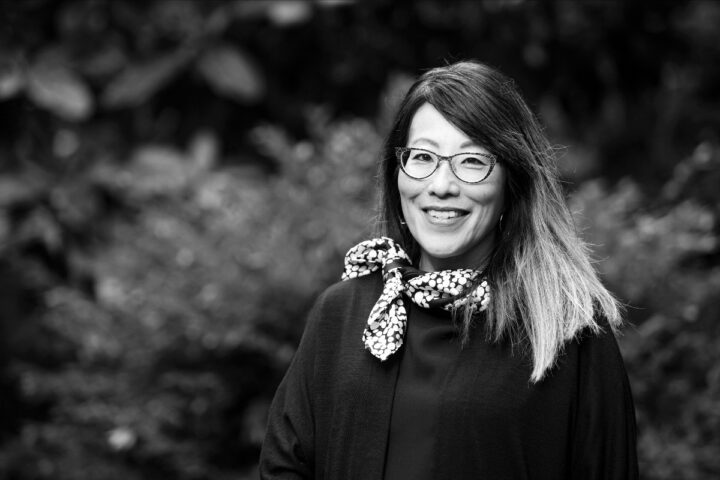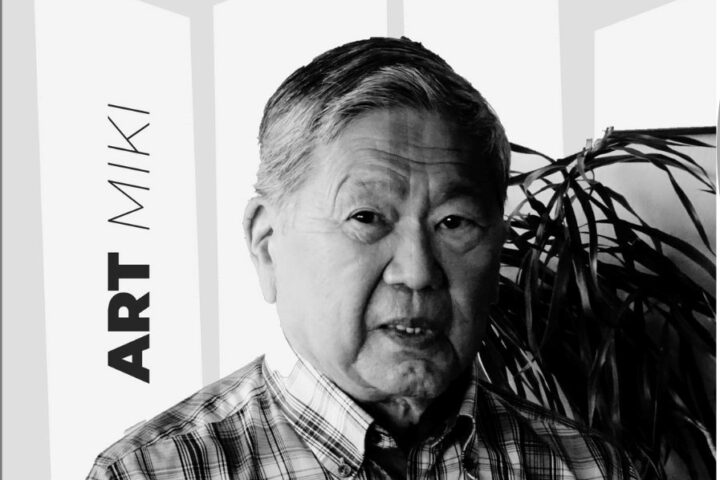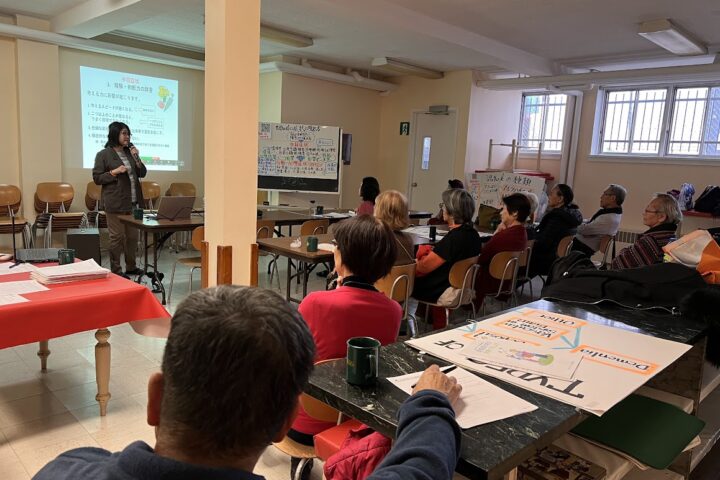by Lillian Nakamura Maguire
As a 13 year old school girl – A-bomb struck
Children cried for their mothers and begged for mercy
Rags hung from skeletons
zombie-like figures drifted past her
thirsty, wandering souls, lost forever
A peace activist for life.
Messengers of Peace
We never hear much about making peace. Seems to always be about war, conflicts and national security. Would it be different if women ruled the world? Perhaps if men carried a growing fetus for nine months they would value life more? Or are we all warriors?
Recently I attended a meeting and conference of the National Association of Japanese Canadians and had an opportunity to hear Setsuko Thurlow, a dedicated peace activist, former social worker, and Hiroshima survivor. I hope that I’m as feisty and committed to justice and peace as she is at the age of 83. She is a hibakusha – a Hiroshima survivor, pacifist and “memory keeper”. She lives in Canada and continues her work to abolish nuclear weapons. In December 2014 she witnessed the signing by 113 nations of the Austrian Pledge, now renamed the “Humanitarian Pledge” which called for all Nuclear Weapon States and those who support them to begin the process for nuclear disarmament by developing a legally binding framework to ban nuclear weapons. Canada and the U.S. were not signatures to that agreement.
When I heard Setsuko Thurlow speak I was reminded of the time that my husband, our 17-year old son and I were in Nagasaki with my relatives on the anniversary of the atomic bombing of August 9, 1945.
A plaque at the nearby hypocenter gives the following account and statistics of the damage caused that day:
“At 11:02 A.M., August 9, 1945 an atomic bomb exploded 500 meters above this spot. The black stone monolith marks the hypocenter. The fierce blast wind, heat rays reaching several thousand degrees and deadly radiation generated by the explosion crushed, burned and killed everything in sight and reduced this entire area to a barren field of rubble. About one-third of Nagasaki City was destroyed and 150,000 people killed or injured and it was said at the time that this area would be devoid of vegetation for 75 years. Now, the hypocenter remains as an international peace park and a symbol of the aspiration for world harmony.”
I saw a photo in the Nagasaki Museum of the silhouette of a person who was incinerated in front of a wall as they were walking down the street when the bomb went off. That image is imprinted on my mind and soul. There was only the shuffling of feet as we moved throughout the museum exhibit. When we left the museum, we sat in silence with our own reflections for many minutes before we could speak. There was nothing I needed to say to my son about the need to be a messenger of peace.
There’s an inscription in Hiroshima, the site of the atomic bombing in Japan that reads “Rest in peace. Error will not be repeated”. I seem to recall a similar sentiment after World War I. The poppies are a reminder,“Lest We Forget”…to make peace not war.
Unfortunately the seeds of violence continue to be planted, nurtured and grow. The current government talks about national security, the threat of violence on our home soil, and creates fertile ground for an atmosphere of xenophobia – the fear of strangers. Many of these “strangers” are new immigrants and refugees to Canada and are often seen as threats to our security.
This year on the 70th anniversary of the bombing of Hiroshima and Nagasaki, let us consider ways to root out the weeds of violence and cultivate a culture of peace and respect in Canada.Let us all be “messengers of peace.”
October 17, 2015



